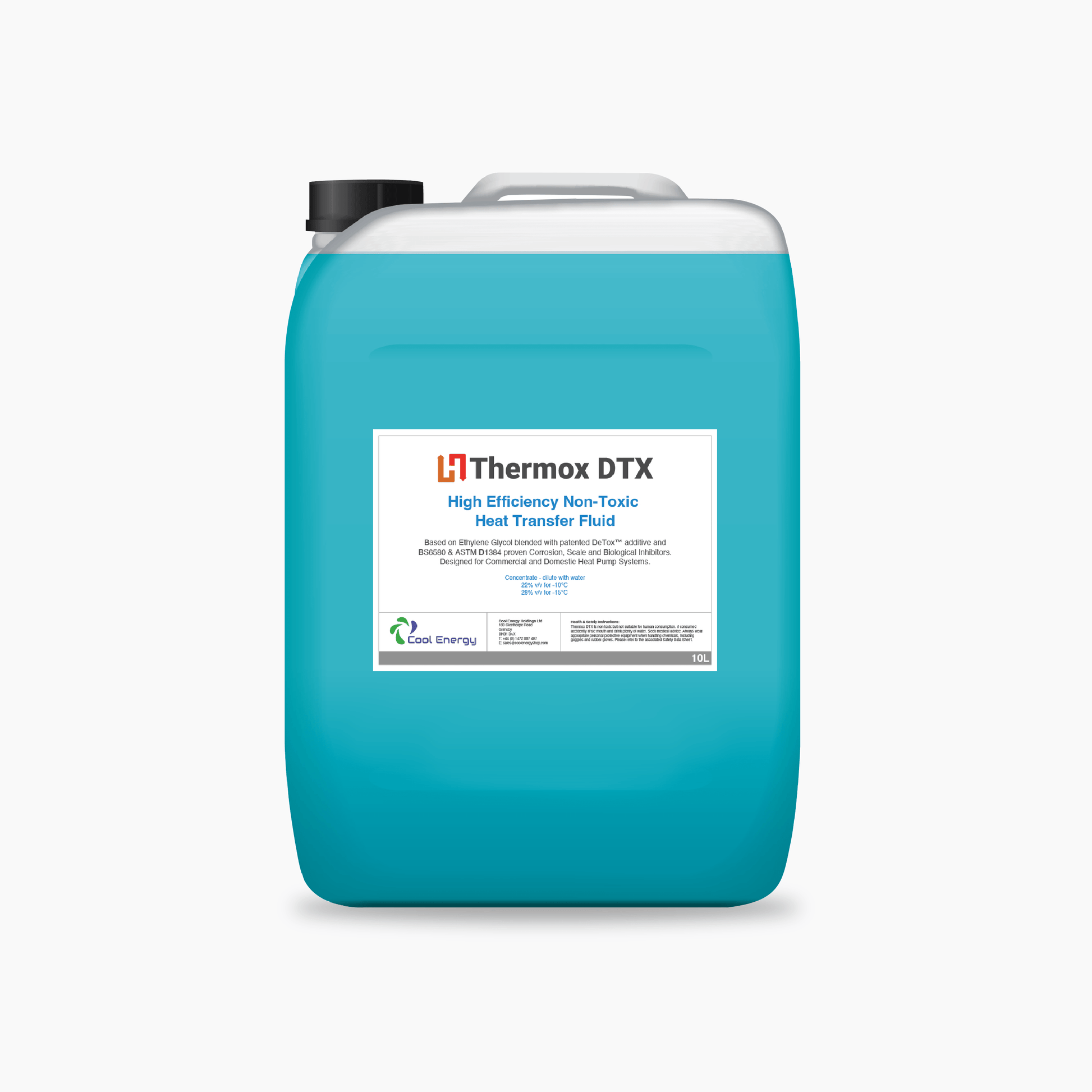The Value of Thermal Security in Heat Transfer Fluid Option
The Value of Thermal Security in Heat Transfer Fluid Option
Blog Article
The Role of Warm Transfer Liquid in Enhancing System Performance and Security
In the ever-evolving landscape of industrial procedures, heat transfer fluids (HTFs) arise as crucial components in enhancing both system efficiency and safety. These specialized fluids, understood for their premium thermal conductivity and controlled thickness, enable efficient warmth exchange, which is vital for structured operations. Nevertheless, the effect of HTFs extends beyond mere performance; their fundamental thermal stability and reduced flammability considerably add to take the chance of mitigation. As industries grapple with the need for high-performance and risk-free operations, comprehending the nuanced role of HTFs comes to be essential. What exactly makes HTFs so important in today's industrial frameworks?
Understanding Warmth Transfer Fluids
Heat transfer fluids, frequently taken into consideration the lifeblood of thermal administration systems, play an essential role in controling temperature level across various industrial applications - heat transfer fluid. Industries such as chemical handling, power generation, and production rely on warm transfer liquids to guarantee devices runs efficiently and safely.
The choice of an appropriate warmth transfer liquid is crucial to the success of a thermal monitoring system. Recognizing the nature and function of these fluids involves acknowledging their capability to soak up, transportation, and release heat efficiently. Warm transfer fluids can be extensively classified right into various kinds, consisting of water-based, glycol-based, and synthetic oils, each with its specific applications and benefits. The option of fluid depends upon aspects such as temperature level array, thermal security, and compatibility with system products. In recap, a detailed understanding of heat transfer fluids is vital for optimizing system performance, guaranteeing operational safety, and achieving cost-effective thermal management remedies.
Key Quality of HTFs

The details warm capability of an HTF delineates the amount of heat power needed to alter its temperature level, affecting exactly how effectively the system can respond to temperature variations. The boiling and freezing points of HTFs additionally play a critical duty, especially in systems subjected to severe temperatures, guaranteeing liquid security and preventing phase changes throughout procedure.
Enhancing System Performance
To improve system efficiency with warm transfer fluids (HTFs), it is important to integrate an extensive approach that considers both liquid buildings and system layout. The choice of a proper HTF is critical, as its thermal conductivity, viscosity, and details warmth capability directly influence the effectiveness of heat exchange. High thermal conductivity makes certain fast heat transfer, while optimum thickness assists in smooth flow via the system, lessening energy consumption. In addition, a high particular warmth capability allows the liquid to store and move more thermal power, enhancing total system performance.
Similarly crucial is the style of the warm transfer system itself. The surface location and product of warm exchangers must be optimized to maximize heat transfer efficiency.
Boosting Operational Safety And Security
Ensuring functional safety and security in warmth transfer systems needs a careful focus on both the residential properties of warm transfer fluids (HTFs) and the design and upkeep of the entire system. HTFs should have thermal security, reduced flammability, and appropriate thickness to decrease dangers such as leaks, fires, and system malfunctions. Picking the appropriate HTF is crucial as it establishes the system's capacity to deal with temperature variations without endangering security.
The design of the system need to integrate redundancies and fail-safes to manage possible dangers efficiently. This consists of the combination of safety shutoffs, pressure alleviation gadgets, and temperature surveillance systems to discover and address abnormalities quickly. Normal upkeep is necessary to make sure that all parts, including pumps, pipelines, and seals, are working properly and are without wear or deterioration, which could bring have a peek at this site about harmful leakages or failures.
Furthermore, employees responsible for the operation and maintenance of warmth transfer systems should be properly learnt safety procedures and emergency situation reaction treatments. Consistent training programs and safety drills can dramatically reduce the likelihood of crashes, guaranteeing a safer working atmosphere. Eventually, a comprehensive method to safety-- including fluid option, system design, and labor force training-- is vital for optimum operational safety.
Sector Applications of HTFs
Widely used throughout various sectors, heat transfer fluids (HTFs) play a crucial function in enhancing the efficiency and integrity of thermal monitoring systems. In the chemical market, HTFs are indispensable for maintaining precise temperatures during responses, making certain item uniformity and top quality. They facilitate warm exchange processes in reactors, condensers, and heat exchangers, thus enhancing energy usage and lessening waste.
In the oil and gas industry, HTFs are used in both upstream and downstream procedures. They manage temperature in boring operations and enhance efficiency in refining processes by supplying steady thermal conditions. This leads to decreased downtime and boosted safety, especially in essential procedures such as distillation and splitting.
The eco-friendly energy industry additionally benefits dramatically from HTFs, particularly in concentrated solar energy (CSP) plants. Right here, HTFs transfer captured solar power to power generators, enabling effective electricity generation. The pharmaceutical sector counts on HTFs for accurate temperature level control in both synthesis and storage, guaranteeing item efficacy and safety and security.


Furthermore, the food and beverage sector utilizes HTFs for pasteurization, sterilization, and cooking procedures, enhancing both product safety and security and manufacturing efficiency. Across these sectors, HTFs act as vital parts in maintaining ideal functional efficiency and security.
Conclusion
Heat transfer fluids are necessary in improving industrial system efficiency and safety and security by supplying high news thermal conductivity, ideal viscosity, and thermal stability. Proper choice and maintenance of HTFs boost heat exchange performance, therefore increasing functional performance. The low flammability of these liquids is important for decreasing threats and visit our website making certain risk-free procedures. Comprehensive employees training and routine upkeep even more support the reliability and efficiency of industrial procedures, strengthening the important role of HTFs in varied applications.
Report this page